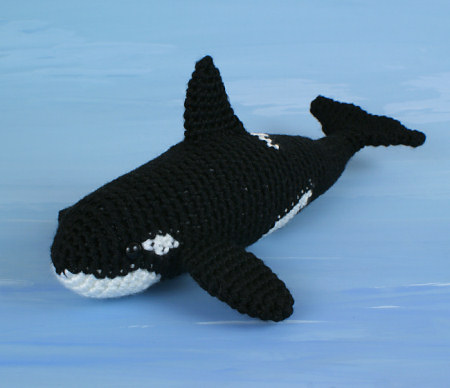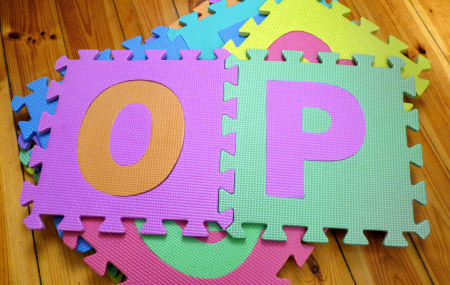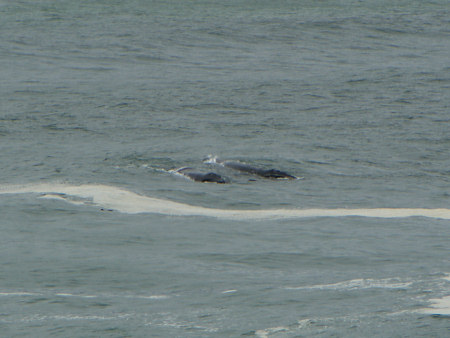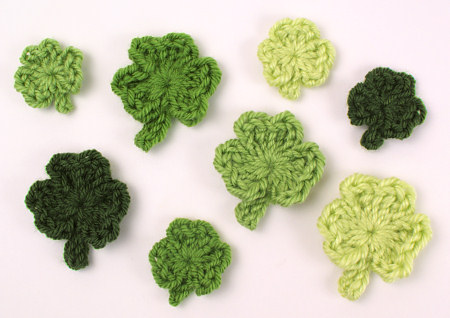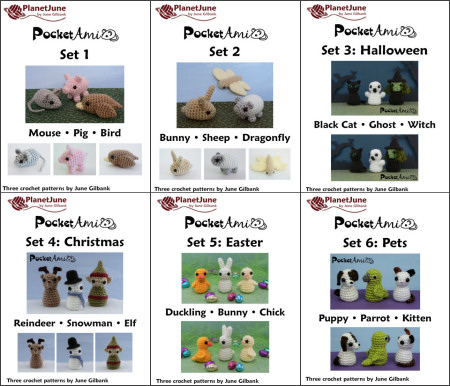
This month we celebrated the return of spring, and Easter for those who observe it, with a special prize CAL featuring all my spring-themed designs. There were so many beautiful entries – looking through all these bunnies and flowers certainly make me feel springlike (even though it’s autumn here)! I participated myself with a new […]

